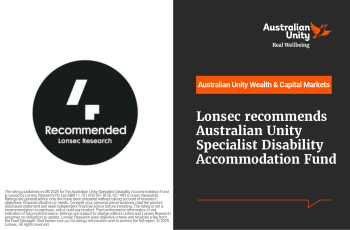More patient beds and time off for burnt-out health workers isn’t necessarily the best or only way to improve our hospital sector. Giving patients easier access to treatments at home, as well as providing accommodation for doctors, nursesand allied staff close to hospitals to support their wellbeing are other ways in which we can address healthcare issues.
We need to rethink the way we use hospitals, says former NSW Health deputy director-general Tim Smyth. ‘‘What hospitals do best is acute inpatient care. But if you don’t need to be in hospital, they’re dangerous places,’’ he says. ‘‘You’re more likely to suffer a fall or get some form of acquired infection. So, it’smuch better for people to be out of hospital. We need to reconsider what sort of system would better support people with chronic healthcare conditions and minimise their need to go to hospital.’’ Australian Unity, which invests in and operates a range of health assets, is one of the organisations spearheading new healthcare models. Chief executive of wealth capital markets, Esther Kerr-Smith, says how we deliver health services has to change fast. ‘‘We should be taking the pressure off our hospitals and emphasising other parts of the system. This means more services in aged care, in fit-for-purpose disability accommodation and in virtual settings.’’
The investment management business walks this talk with its flagship Herston Quarter health precinct in Brisbane. Disability and aged care accommodation, as well as research and university facilities, are located nearby. Accommodation for health and other staff and support services such as childcare centres are also on site. Kerr-Smith says: ‘‘We need to create precincts and social infrastructure that can shift the dial for workers in terms of reducing commute times, having childcare in close proximity to work and creating green spaces to encourage exercise.’’ This will support the wellbeing of shift workers such as nurses and doctors, many of whom travel for hours to get to and from home and work. This compounds their stresses and the pressures they are under, which ultimately affects retention rates and the care patients receive.
Read the full article here.


